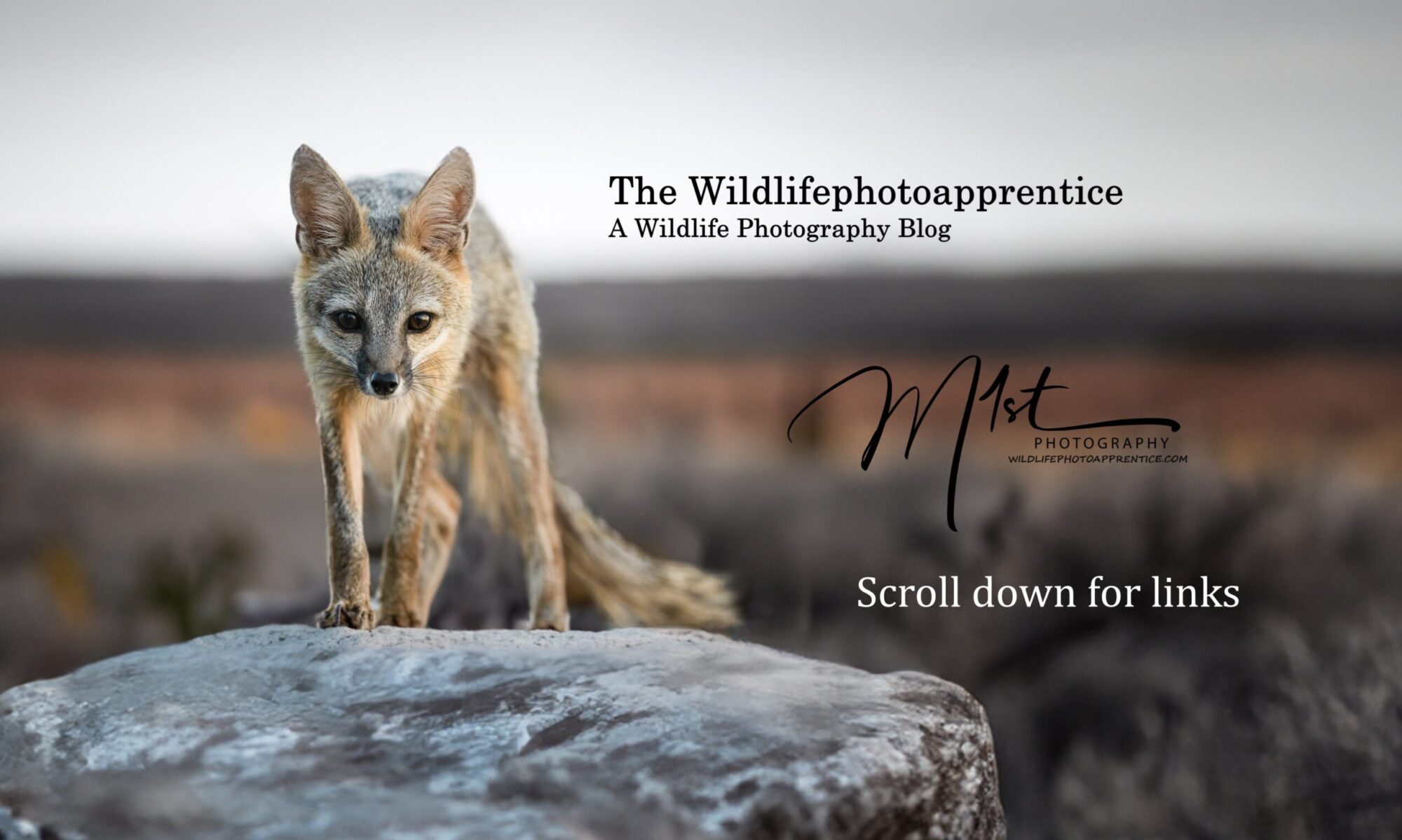If you’re looking for a distinctive environment to photograph desert wildlife and at the same time grab some great landscapes too, then you’re in luck. Monahans Sandhills State Park offers a stunning landscape that provides excellent opportunities for wildlife and landscape photography. The park’s dunes, grasslands, and sky create an ever-changing canvas of color and texture that can be captured in a variety of ways. In this article, we will take a closer look at the photography opportunities at Monahans Sandhills State Park
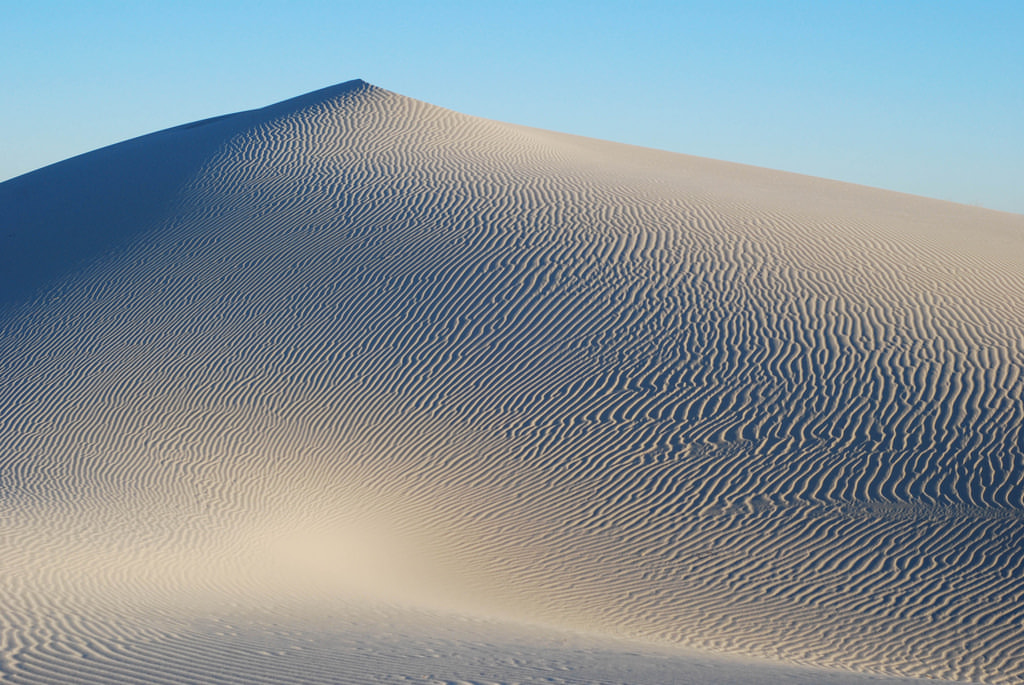
East of Monahans Texas just off Interstate 20 at exit 86 is Monahans Sandhills State Park. The park is relatively small at 3,840 acres but is full of interesting photographic opportunities. The park’s natural residents include a wide variety of birds and mammals. The dunes themselves are made up of billions of small grains of quartz, constantly blown into different patterns and configurations by the ever-present West Texas winds. Combine these mesmerizing patterns with amazing sunsets and there’s a good chance you’ll get some real wall hangers before you leave.
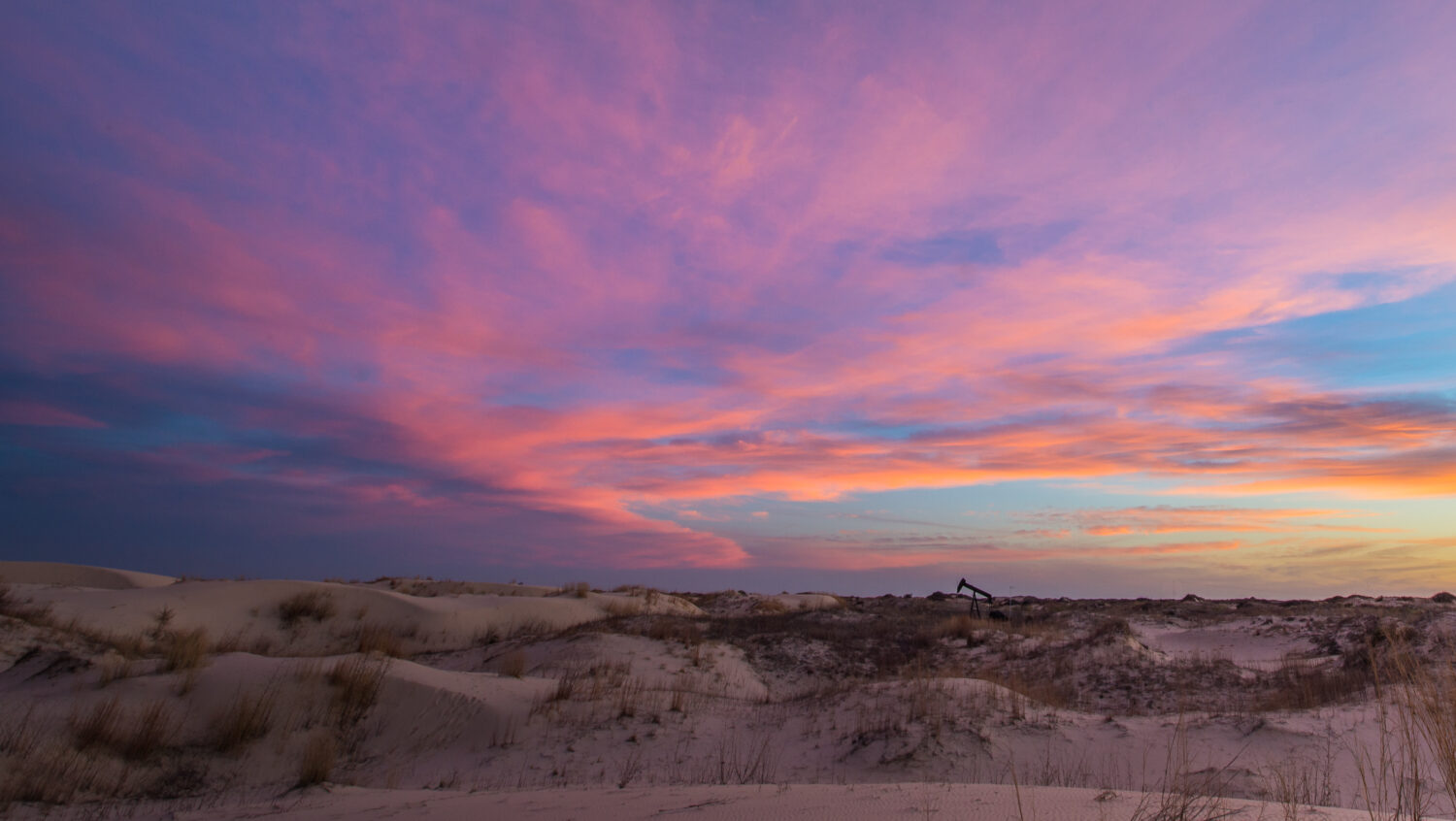
Landscape Photography:
One of the most iconic features of Monahans Sandhills State Park is its dunes. These dunes, which cover more than 4,000 acres, provide a unique landscape that is perfect for photography. The dunes create a series of curves and lines that can be used to create interesting compositions. The changing light throughout the day also provides an opportunity to capture different moods and tones in the photographs.
In addition to the dunes, the park also has several other landscape features that are worth photographing. The park’s grasslands provide a beautiful contrast to the sand, and the rolling hills can create interesting patterns when viewed from different angles. The park’s sky is another element that can be incorporated into landscape photographs. The vast blue sky can be used as a backdrop for the dunes, or it can be captured as a feature in its own right.
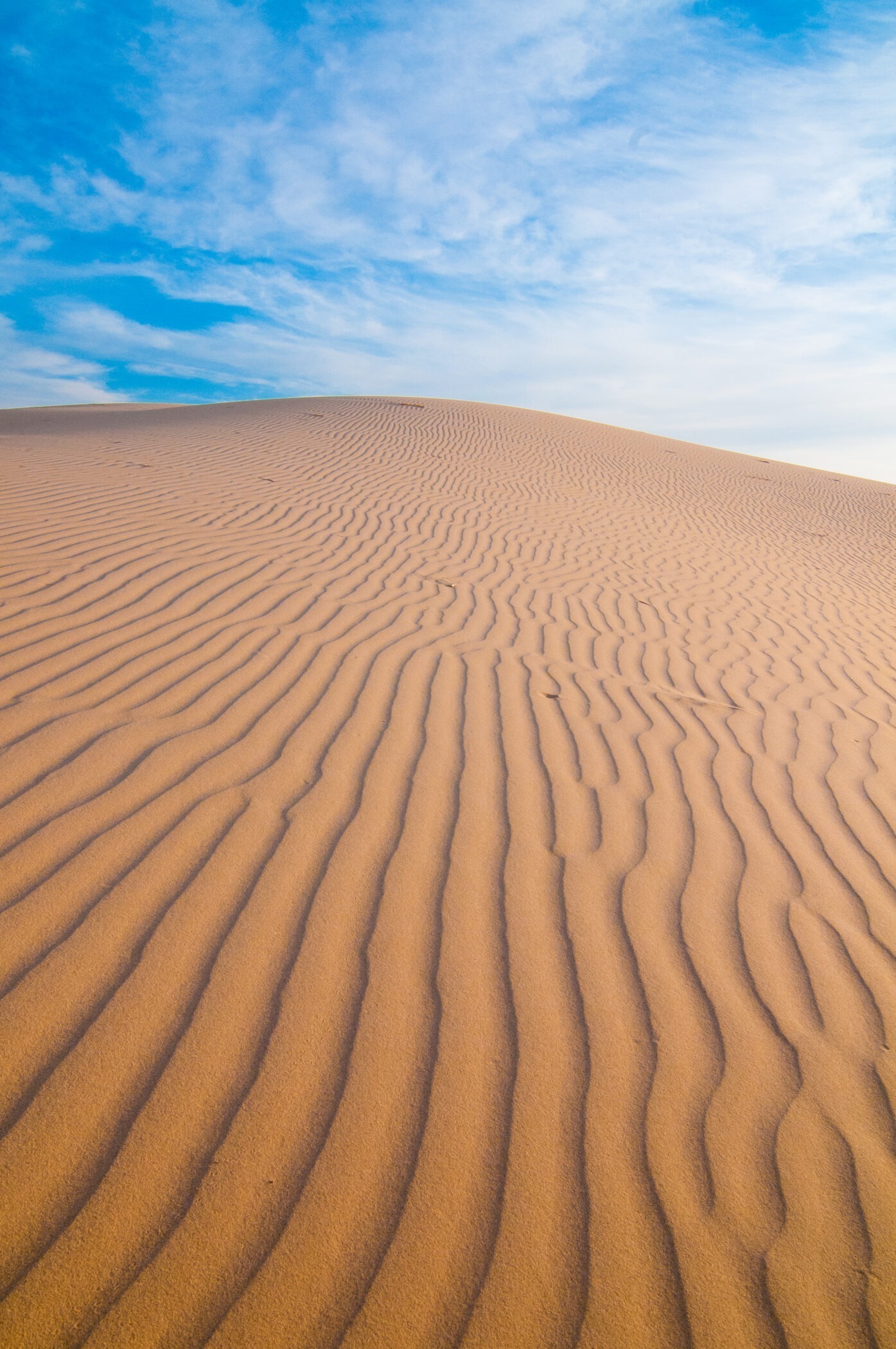
Wildlife Photography:
Monahans Sandhills State Park is home to a variety of wildlife that can be captured through photography. From mammals and reptiles to birds and insects, the park has a diverse range of species that are well-adapted to the desert environment.
One of the most common mammals in the park is the desert cottontail rabbit. These rabbits can be seen hopping through the dunes throughout the day, and they can be captured in action shots as they move across the landscape. Another mammal that is frequently seen in the park is the black-tailed jackrabbit. These rabbits are larger than the cottontails and can be identified by their long ears and black-tipped tails. Another mammal that can be spotted in the park is the coyote. These animals are known for their howls and are often seen during the early morning or late evening. Coyotes are opportunistic predators and will eat a variety of prey, including small mammals and birds.

The park is also home to several species of reptiles, including snakes and lizards. One of the most common snakes in the park is the western diamondback rattlesnake. While these snakes are venomous and should be approached with caution, they can make for an interesting subject in a photograph. The park’s lizards, such as the horned lizard, can also be captured in photographs as they bask in the sun or move across the sand.
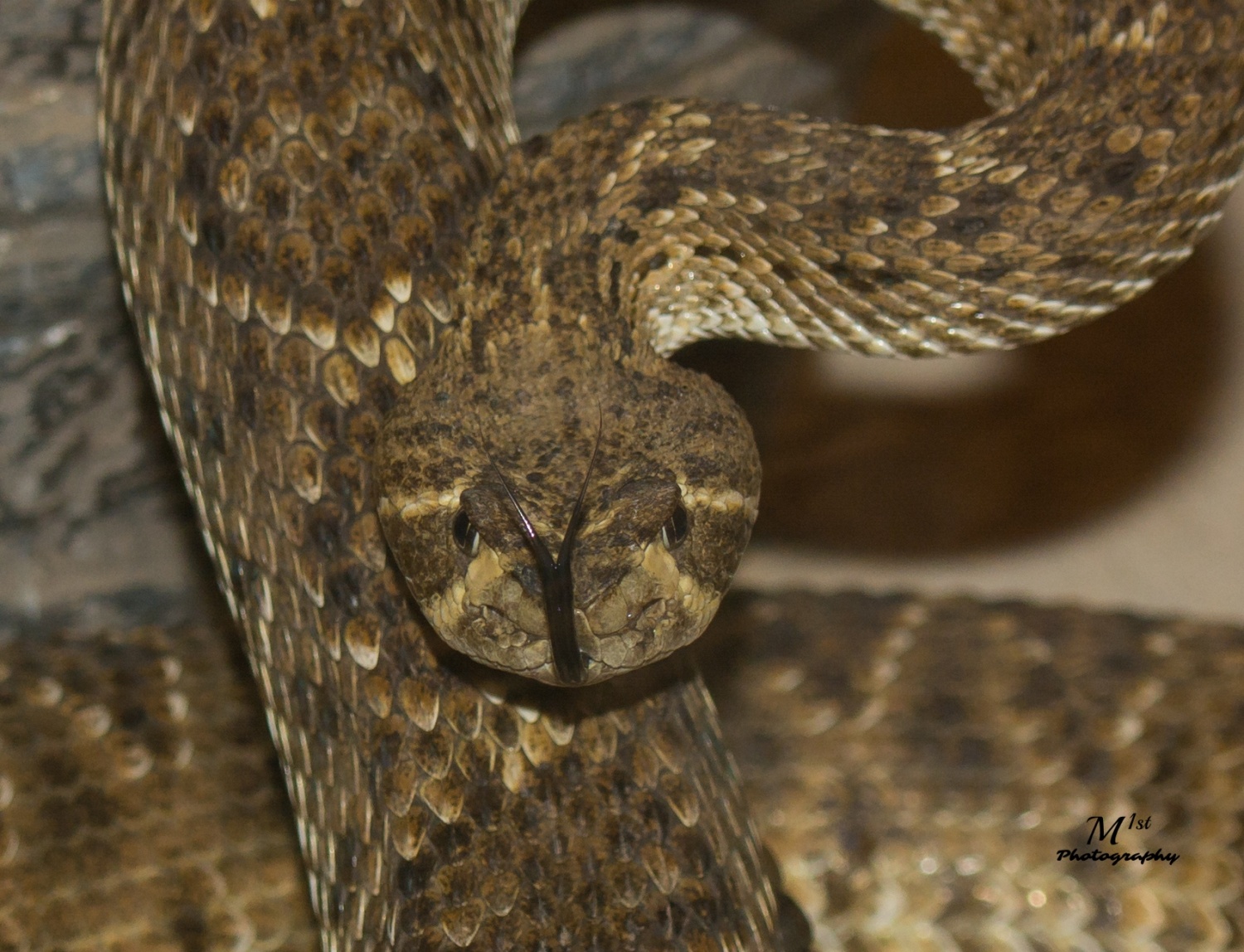
Monahans Sandhills State Park is home to a variety of insects, including several species of beetles, grasshoppers, and butterflies. Some of the most common insects found at the park include the Monarch butterfly, the Eastern Lubber Grasshopper, and the Palo Verde Beetle. Additionally, there are many species of ants, spiders, and other arthropods that can be found in the park. As with any natural area, the types and abundance of insects at Monahans Sandhills State Park can vary depending on factors such as the season and weather conditions.
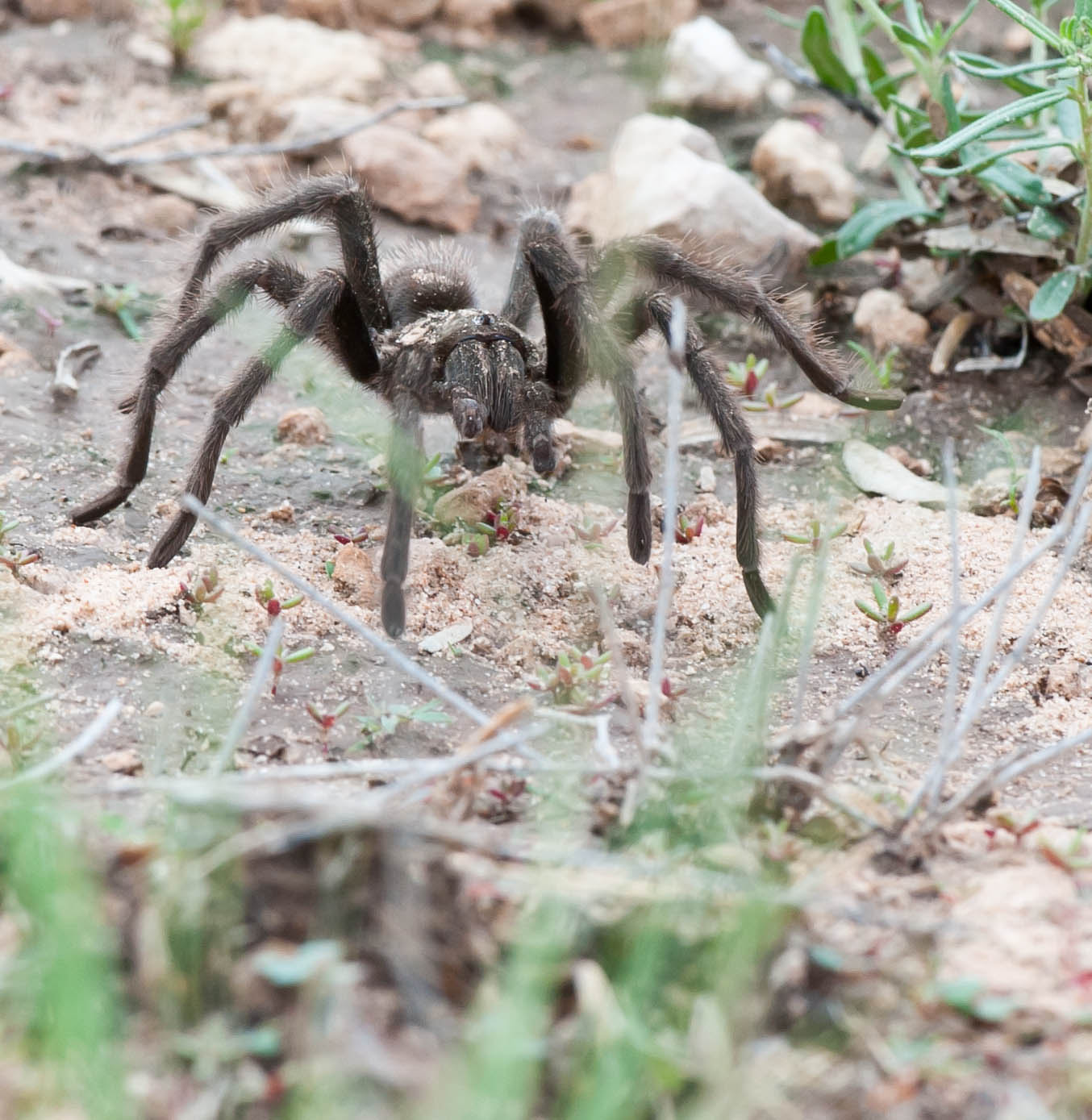
Birds are another common sight in the park and can provide excellent opportunities for wildlife photography. The Roadrunner is one of the most iconic birds in the park, and it can be captured in action shots as it runs across the sand in search of food. The park’s hawks and other raptors can also be seen soaring through the sky, and they can make for a striking subject in a photograph.
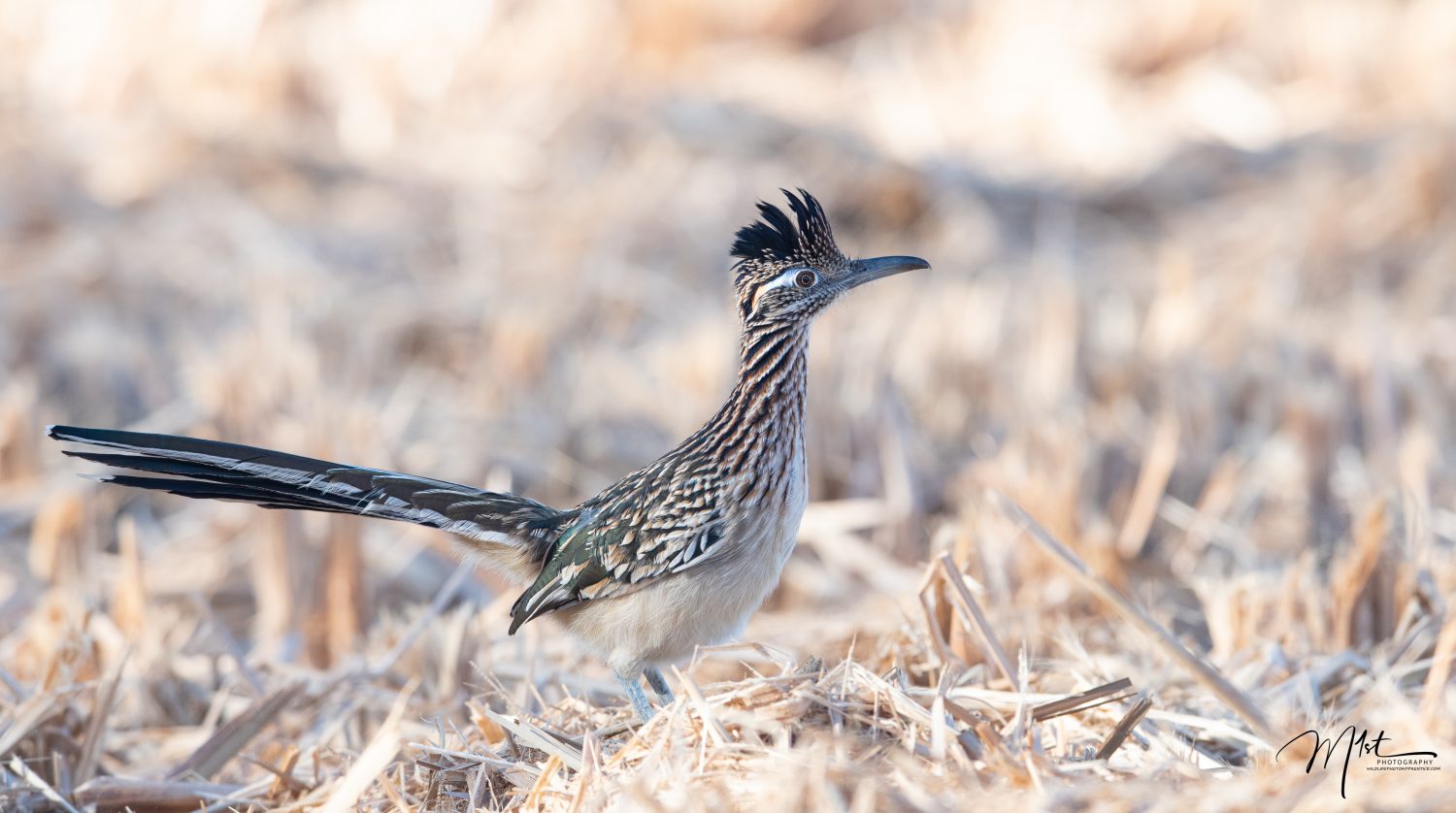
Tips for Photography at Monahans Sandhills State Park:
When photographing at Monahans Sandhills State Park, there are a few tips that can help you capture the best shots possible. First, it’s important to pay attention to the light. The changing light throughout the day can create different moods and tones in your photographs, so it’s important to be aware of how the light is affecting the scene.
Second, it’s important to be patient. Wildlife photography requires patience, as you may need to wait for an animal to appear or for the right moment to capture the shot. It’s also important to be respectful of the wildlife and to keep a safe distance when photographing them.
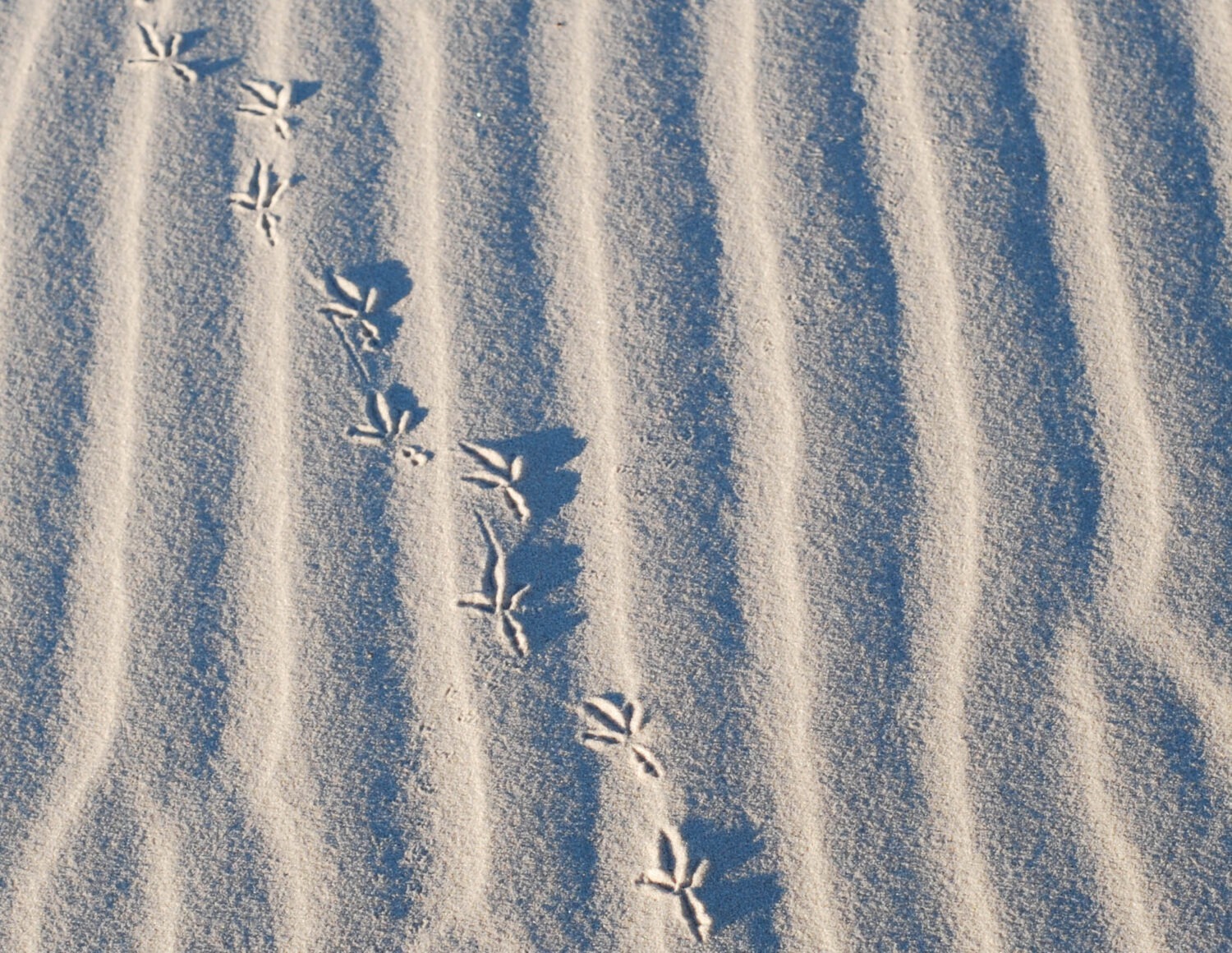
Third, it’s important to experiment with different angles and compositions. The dunes and other landscape features can be used to create interesting patterns and shapes, and changing your perspective can help you capture a unique shot.
In conclusion, Monahans Sandhills State Park is a unique and diverse ecosystem that is home to a wide range of wildlife and unique landscapes that are constantly changing. For the nature photographer, Monahans Sandhills State Park is definitely worth a visit.
